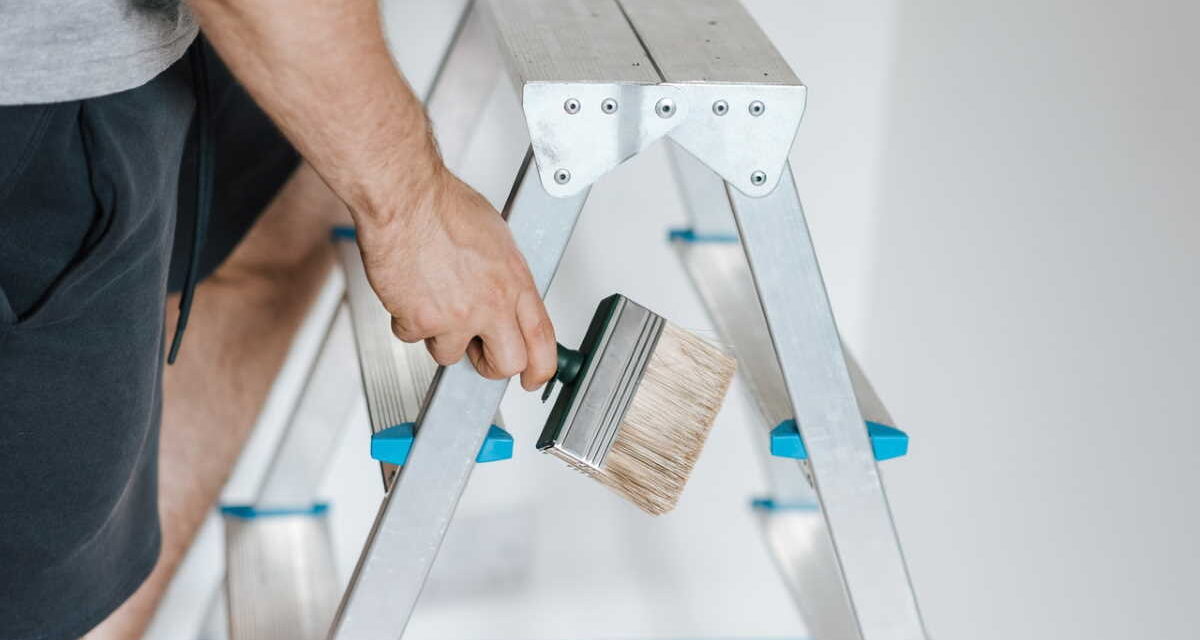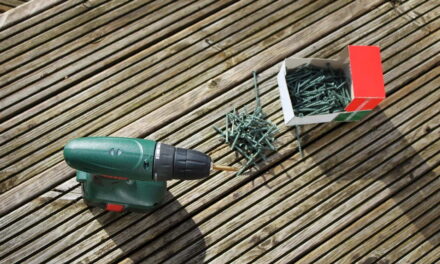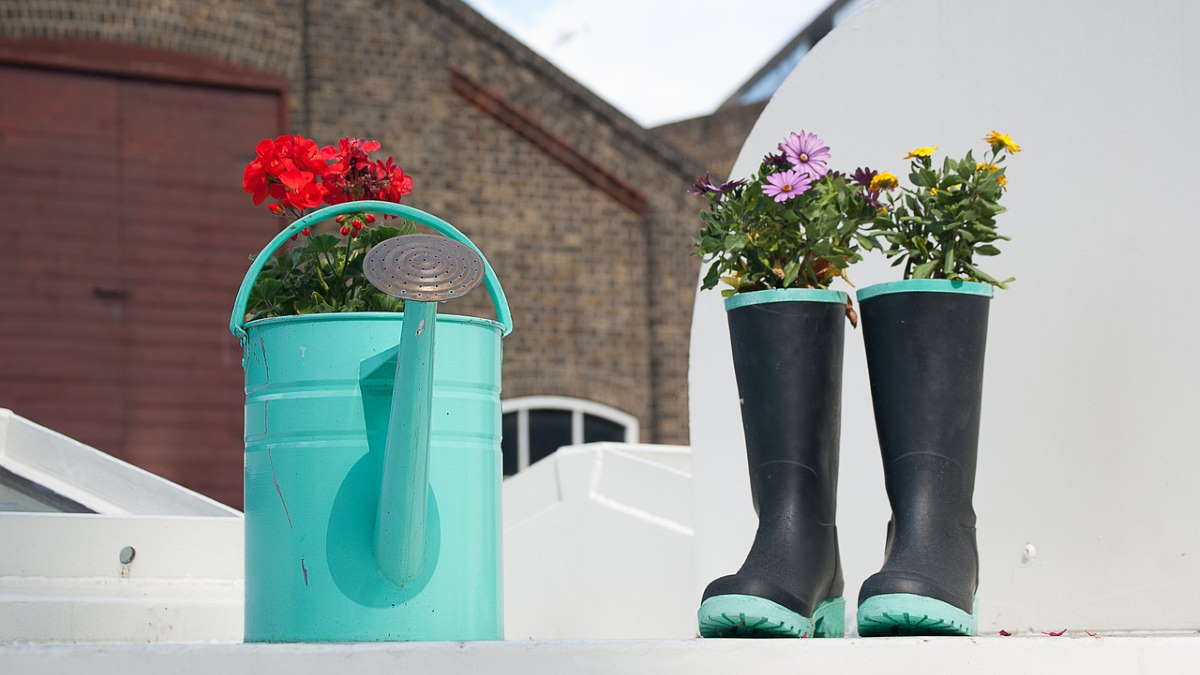Many people these days are turning to DIY as a means of saving money. In these days of economical hardship, why pay a contractor to do a job if you can do it yourself. It’s probably fair to say that most households have a basic set of stepladders but if you’re taking on a larger project such as painting the outside of your house or putting up new guttering, then from a safety point of view, it’s vitally important that you have the right ladders for the job.
Many people take ladders for granted thinking that “one size fits all” but before undertaking any sort of job where ladders are going to be used, you need to ask yourself a couple of questions to make sure that you’ve made the right choice for the job. Here are a few tips to help you:
Selecting the proper style of ladder
The first thing to consider when choosing a ladder is to make the right selection for the task in hand. Different styles of ladders are designed to keep you safe in what you’re doing, whilst climbing or standing. Ignoring the limitations of climbing equipment or choosing the wrong style of ladder can result in a fall or serious injury. Most people recognise basic step ladders and extension ladders, but at Swift Trading they supply specialist ladder types including platform, wide step, telescopic, scaffold and combination.
Choosing the right height
It’s important to choose the right height for your needs as over stretching leads to accidents. The highest level you should stand on a step ladder is two rungs from the top; stand any higher and you could lose your balance and fall. The maximum height a person can safely reach from a ladder is 4 feet higher than the height of the ladder. Thus for a 4 foot ladder a personal can typically and safely reach an 8 foot high ceiling. Extension ladders should be 7 to 10 feet higher than the highest point of contact, which could be the roof line or wall. This gives sufficient length to set up your ladder, overlap ladder sections, or for the extension of the ladder above the roof line. You shouldn’t be standing any higher than four rungs from the top of the ladder.
Choosing performance
Ladders are designed to safely hold a specific amount of weight safely and the majority of ladders are categorised into 5 different ratings according to their type and grade. Put simply, a person’s weight (including clothes and shoes) combined with the weight of tools and materials he may be carrying on to the ladder, must be less than the duty rating.
Choosing the right material
The last decision is to choose the proper material. Generally there is a choice of aluminium or glass fibre ladders. Both materials have their own set of characteristics which makes them more suitable for specific jobs, or it may be down to personal preference. Grassfibre for instance, is non-conductive, making it the safe choice if you’re working near potential electrical hazards.
Choose the right ladder for your DIY project and you’ll get the job done efficiently and safely. See our DIY Tutorials page for some jobs you may need ladders to do.






I dislike using ladders – I don’t like heights at all! But I’ve found my feelings of insecurity are greatly reduced by using one of those clip-on aluminium Y-shaped brackets at the top of the ladder. They not only give the ladder more stability, they lift the top of the ladder away from the wall (so you never have to lean back) and they often come with a tray in which you can put tools, cans of paint and so on. Well worth a try I think.
That’s a great suggestion, Stephen. I hadn’t heard of this gadget before, but the way you’ve described it makes me feel like I’ve got to look into it.
Bit more research – they’re called ladder stays or stand-offs here in the UK, they may have other names in the US, but a Google search should turn up something.
Thanks, Stephen.
Slips, trips and falls make up nearly half of all home injuries. Many falls occur on and around ladders, where there can be a long way to fall. You can prevent injuries with a little care, attention and by planning ahead.
Hi Anne, thanks for sharing the information about the right kind of ladders. I believe we all need to use ladders for a lot of purposes in our daily lives. If we don’t stay informed about these kinds of useful information, we run the risk of getting into accidents.
Rightly said, Jeo. Serious accidents have occurred because people have used incorrect tools (including ladders) for their DIY work.